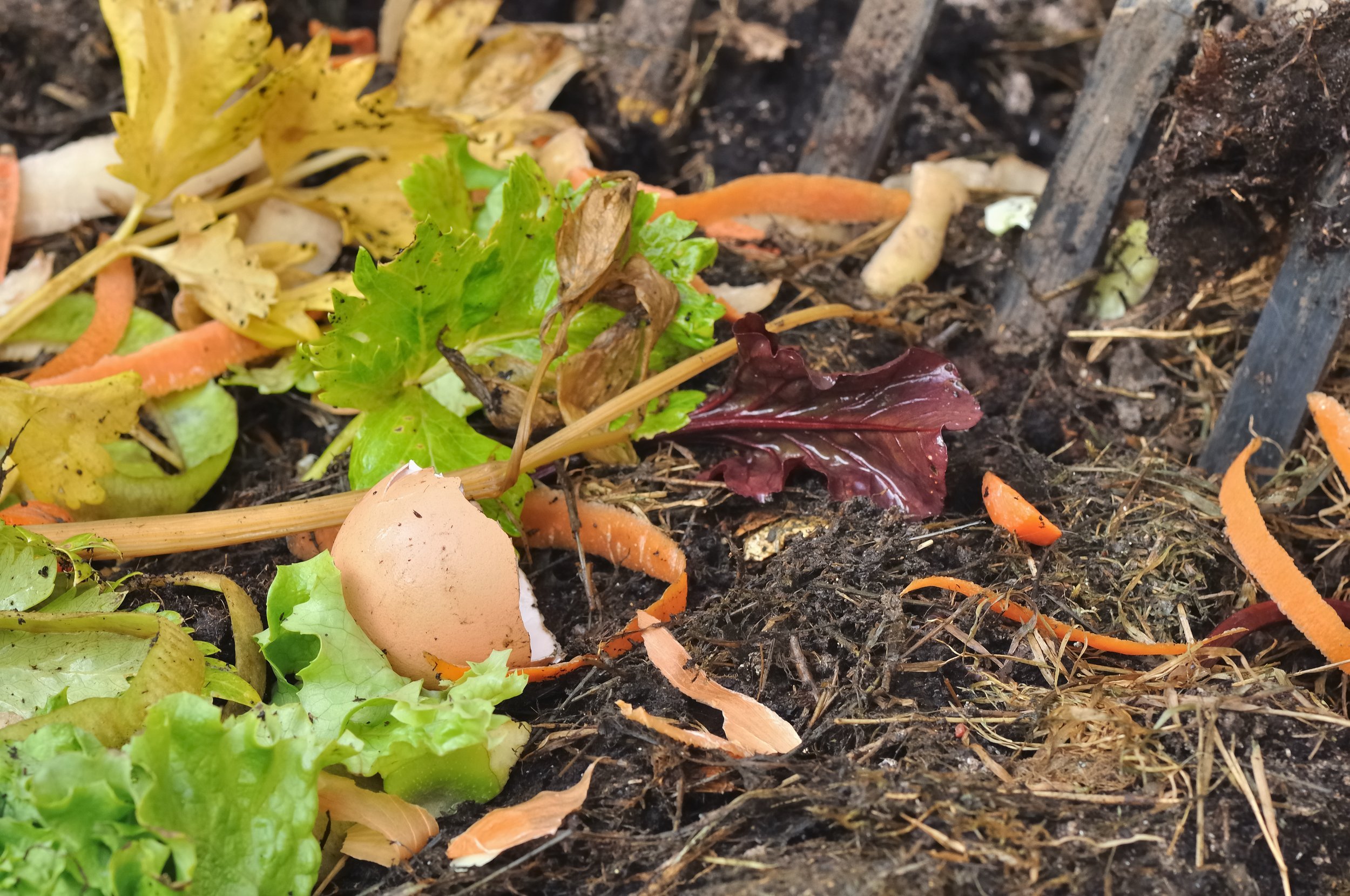“One man’s trash is another man’s treasure” is how the saying goes, and with composting that is quite literally true. If you have a garden or are considering starting a garden, then you could be wasting a valuable garden resource by throwing away your food scraps. Composting, for those that may not know, is simply throwing one’s organic waste into a pile to allow microbes to break it down into a nutrient rich soil. This end-product can then be added to your garden as a natural fertilizer to improve soil health, increase water retention, and even repress weeds.
At-home composting is a process that can be as lazy or as hands-on as you want it to be. There is a lot of debate about how to make the ideal compost, but at its most basic, compost requires greens, browns, and air.
Greens - sources of nitrogen, generally consist of your wet kitchen food scraps or other live material like grass clippings.
Browns - sources of carbon, can be from dried leaves, sticks, newspaper, or other dry materials.
Ratio of browns to greens - a debated topic, but I say whatever you have on hand is fine, and you can troubleshoot as you go. For example, if your pile is too smelly and wet, you need to add more browns.
Air - To ensure microbes get sufficient airflow to break down organic material. This can be done by turning the pile every couple of weeks or less often if you add more sticks, hay, or other insulators to create air pockets. If using a closed-container, it is important to include air-holes and turn the pile more frequently; otherwise, the compost will decompose through anaerobic processes which is a much stinkier process.
For those of us living in Wisconsin winters, composting can indeed be done through the cold. The microbes in the pile do generate heat in the break-down process, but they may come to a stop when the temperature drops too low. Fear not, as the process will resume once temperatures rise again. In the meantime, you can still keep adding to the pile. I recommend a can or pile close to the house during the winter, as you will not want to trek far in the snow. A container with a lid may be useful for keeping snow out of the pile, though is not necessary. Going into the winter, it is a good idea to insulate the pile with a lot of browns to last through the cold months, or to keep a stock on hand to add periodically. Collecting leaves in the fall is an excellent way to easily do this.
Your compost is ready to go once it looks more like dirt than food scraps. Some people even have separate piles for compost that are in different stages of breaking down; this can be useful for later application but is not necessary. The break-down process can take anywhere from a couple of months to a year; it depends on how active and ideal you are with your composting, but the end result is the same. This nutrient-dense additive can be applied to garden beds directly as a sort of mulch, mixed into the soil, or even spot-applied to the holes you plant in. No longer do you need to send your food scraps off to a landfill where they will waste away, but you can repurpose your trash to grow a lush, green garden.


